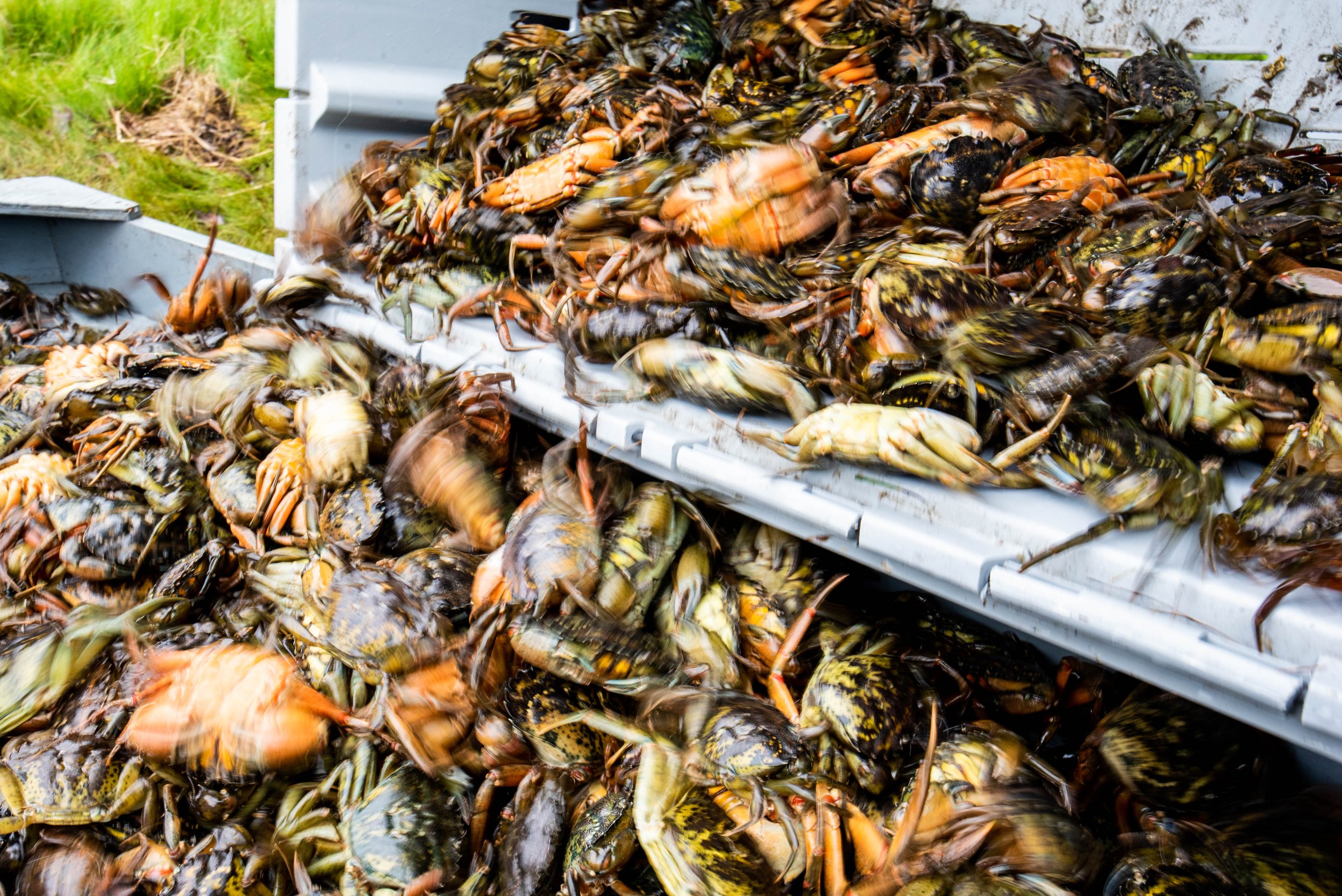
Why Green Crabs
Why we harvest them, where we fish them, and why you should try them.
The Green Crab Problem
The European Green Crab, introduced to the US East Coast in the 1800s, is wreaking havoc on our ecosystems. Here’s a list of why folks hate these little buggers…
Feeding Frenzy: Devouring vital shellfish, soft shell clam landings have dropped by 80% since 1978.
Rapid Consumption: One adult green crab can eat 40 soft shell clams a day, depleting crucial shellfish populations.
Habitat Destruction: Green crabs damage eelgrass beds, impacting marine life and disrupting carbon sequestration.
Erosion and Instability: Destabilizing river and salt marsh banks, green crabs compromise vital coastal functions.
Resource Competition: Outcompeting native species, they pose a threat to crab and lobster populations.
The shell+claw solution
Harvesting and enjoying green crabs isn't just a culinary delight – it's a positive step for our coastal ecosystems. Every crab we gather means less harm to shellfish, eelgrass, and biodiversity. Join us in savoring the taste of change for a better coastal environment.
Our catch, by the numbers
Since shell+claw’s foundation in spring 2022, here’s what our catch has looked like:
40,329
lbs of crab hauled
3,211
soft shells harvested
450
acres of waterfront protected
480,000
invasives removed!
Green crabs can be:






